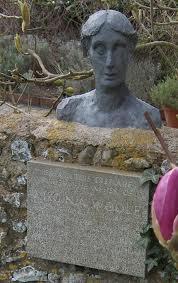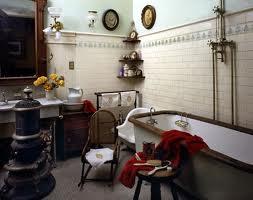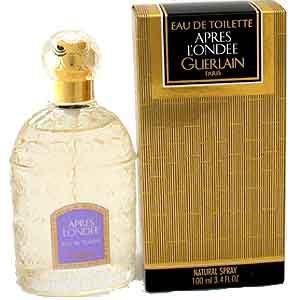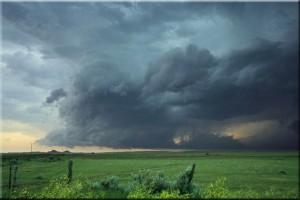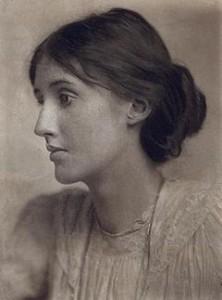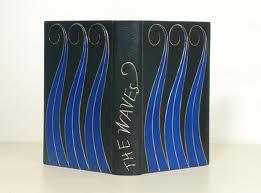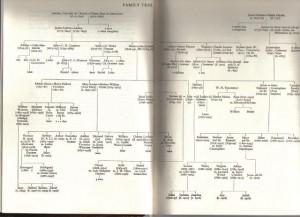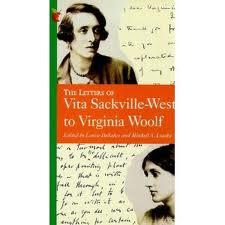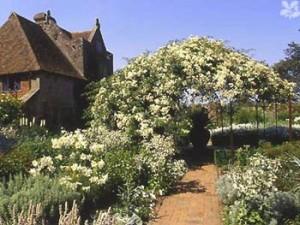Some people believe in love at first sight. I wouldn’t say I don’t believe in it exactly, but it has never happened to me. In the context of fragrance, you occasionally hear of perfumistas having experienced a similar sort of “coup de foudre” or epiphany with a particular scent, changing forever the way they view perfume and incorporate it into their life. Overnight fragrance goes from being a casual accessory to a second skin – or a third, fourth or even a fifty-seventh skin, for those with large collections.
I also experienced “sudden onset perfume mania”, but for me it was not so much a fragrance which triggered this epiphany initially, as a review of a fragrance, namely Hannah Betts’ 2005 article for The Times on “glacial perfumes”. She starts by quoting former French Vogue editor Joan Juliet Buck’s comment about her heightened emotional response to narcissus absolute.
“Just a drop on each wrist and two in the bath were enough to send silver running down the walls. It set the world throbbing out of control when I wore it. I became a little weird.”
Betts point outs that the sense of silver trickling down bathroom walls is all the more pronounced if the perfume already smells of silver – “then walls course all the sooner”. This leads her neatly into a discussion of her own favourite cool, metallic scents, namely Après L’Ondée and Hiris by Hermès, and how this effect is created by the use of orris butter, one of the most expensive perfumery materials of all, a creamy paste derived from the iris root.
Captivated by her review, I set about acquiring a sample of the first scent Betts had mentioned. Après L’Ondée was created by Jacques Guerlain and released in 1906, with notes (from Now Smell This) of “bergamot, neroli, aniseed, hawthorn, violet, heliotrope, iris and musk; there may also be carnation, rose, jasmine, vetiver and sandalwood.”
When I first smelt Après L’Ondée (just the EDT in case anyone is wondering), it exerted the same visceral pull as the description in Betts’ review. It struck me as a dark, mournful, conflicted scent. There is simultaneously an airy, damp freshness and an earthy dryness. It is like rain that has been dragged through a hedge backwards. Yes, that is it – elemental violence has been done to vegetation. Broken boughs lie strewn in the long wet grass. And what of the powderiness – the anisic heliotrope sweetness? Well, it gives the fragrance a very retro, feminine quality, but this is no “come hither” boudoir powderiness. It is the scent of a woman with a wan complexion and a broken spirit.
So Après L’Ondée, this wistful, silver beauty, was my perfume epiphany. But metal is hard, and this scent should not be worn if you are feeling the least bit emotionally fragile, as I recently learnt to my cost. I was engaged in a difficult work project, and one bright and chilly morning unthinkingly spritzed on Après L’Ondée instead of a cosy musk or soothing sandalwood. I had two appointments that day, but the first person wasn’t there, and the second person was wrong. Aborting the meeting, I retreated to a nearby mall to lick my wounds, cruise the perfume aisles of an outlet store and stock up on leisure wear in Gap.
It was a vexing day, and Après L’Ondée merely amplified my feelings of failure and frustration. In short, my epiphany scent, the catalyst which had catapulted me full tilt into this all-consuming hobby, was making things worse…
This unexpected fragrant downer got me wondering who would have worn Après L’Ondée at the turn of the 20th century when it was launched, bearing in mind that there would have been far fewer scents on the market in those days. My mind instantly lit upon Virginia Woolf, who would have been 129 this week, had she not walked into a river with her pockets full of stones 70 years previously. But when Après L’Ondée was released she would only have been 24, and its melancholy quality would have chimed perfectly with her intermittently depressive character. At least I hope it would have stopped there – at chiming, I mean – and wasn’t a contributing factor to the final bout of depression that prompted her to take her own life.
“Someone has to die in order that the rest of us should value life more.”
That’s a noble gesture, if a touch extravagant… Now hold on a minute – I don’t know that Virginia Woolf wore Après L’Ondée – or any perfume, indeed.
As it happens, I have always admired Woolf’s writing – I haven’t read any of it, mind – it is all a bit too “stream of consciousness” for me, though I did sit down for a good 15 minutes with “To The Lighthouse” once. But seriously, I recognize that she is a literary giant of the 20th century – a modernist who has been hailed as the greatest lyrical novelist in the English language. And an early feminist to boot. So Après L’Ondée – with its haunting sadness and restless soul – seems a fitting choice of hypothetical signature scent for someone who wrote a novel called “The Waves” and met a watery end.
I tucked this idea away in my mind until I bumped into an unknown relative on Ancestry.co.uk one day – we were researching different parts of our family tree and eventually collided into each other at the intersection of our efforts, a mutual ancestor with the singular name of Edward Samuel Boys-Tombs. I sent this distant cousin an email asking if she would like to pool findings, and the following day we had a long chat on the phone. After bottoming out our own tenuous and convoluted relationship to each other, my new cousin inquired whether I had discovered any interesting characters in the course of my research.
“Well, my aunt swears we are related to the author of “Lorna Doone”, but I haven’t quite nailed the link yet.”
“Would you like to be related to Virginia Woolf and Charles Darwin?” my cousin asked playfully, as if they were the ancestral equivalent of a banded pack promotion.
My ears pricked up. “Are you offering?”
“I can trace you back to both of them in – hold on a tick – 17 steps to Virginia Woolf and 19 to Charles Darwin – where a step is going up, down or sideways on the tree via a parent, spouse, sibling or child.”
It took some time for this information to sink in. Now they do say that we are all related to everyone, however famous, in just six degrees of separation, and that may very well be so, but the flaw with this theory is that we don’t generally know what the six degrees are. And here was my x-th cousin y-th removed handing me a couple of dead cert celebrity rellies (dead dead certs, admittedly) in under 20 steps! Okay, as blood connections go, it was very very thin – several intervening marriages meant that we are talking positively homeopathic levels of dilution – but no matter. Even wafer-thin blood is thicker than water…
Prior to this discovery, the only time my path had remotely crossed that of Virginia Woolf was during a research project for The National Trust (a charity that protects historic houses and monuments). I stayed at Sissinghurst, an Elizabethan castle in Kent with gardens designed by Virginia Woolf’s lover, Vita Sackville-West.
And now, with the benefit of hindsight, I can speculate whether my exceedingly watered down genetic connection with this fey novelist has something to do with my attraction to a scent that I had independently associated with her, even if that association has no basis in fact. I was telling the wife of a much closer cousin(!) about the news, knowing her keen interest in family history, when she suddenly dropped her own genealogical bombshell: “Well you know, don’t you, that my mother is related to the Sackville-Wests?” I didn’t, but my mind suddenly went into overdrive, recalling Virginia Woolf’s unconventional relationship with Vita Sackville-West, before applying this extra twist. “I know what you are thinking”, replied my cousin-in-law, “but just think how many steps that would be from Virginia to Vita, if it is already 17 from Virginia to you. That’s hardly incestuous, now is it?”
“Wouldn’t it be funny if it was 39 steps”, I replied, thinking to myself: “Now there’s a book I can get my head around.”
Photo of bust of Virginia Woolf: Wikimedia Commons
Photo of Victorian Era Bathroom: Linda Svendsen
Family Tree: ats.coloradocollege.edu
Virginia Woolf picture: Wikipedia
Bookcover of "The Letters of Vita Sackville-West to Virginia Woolf": amazon.co.uk
–Vanessa Musson, Contributor

